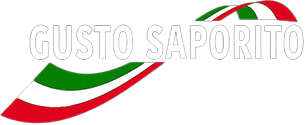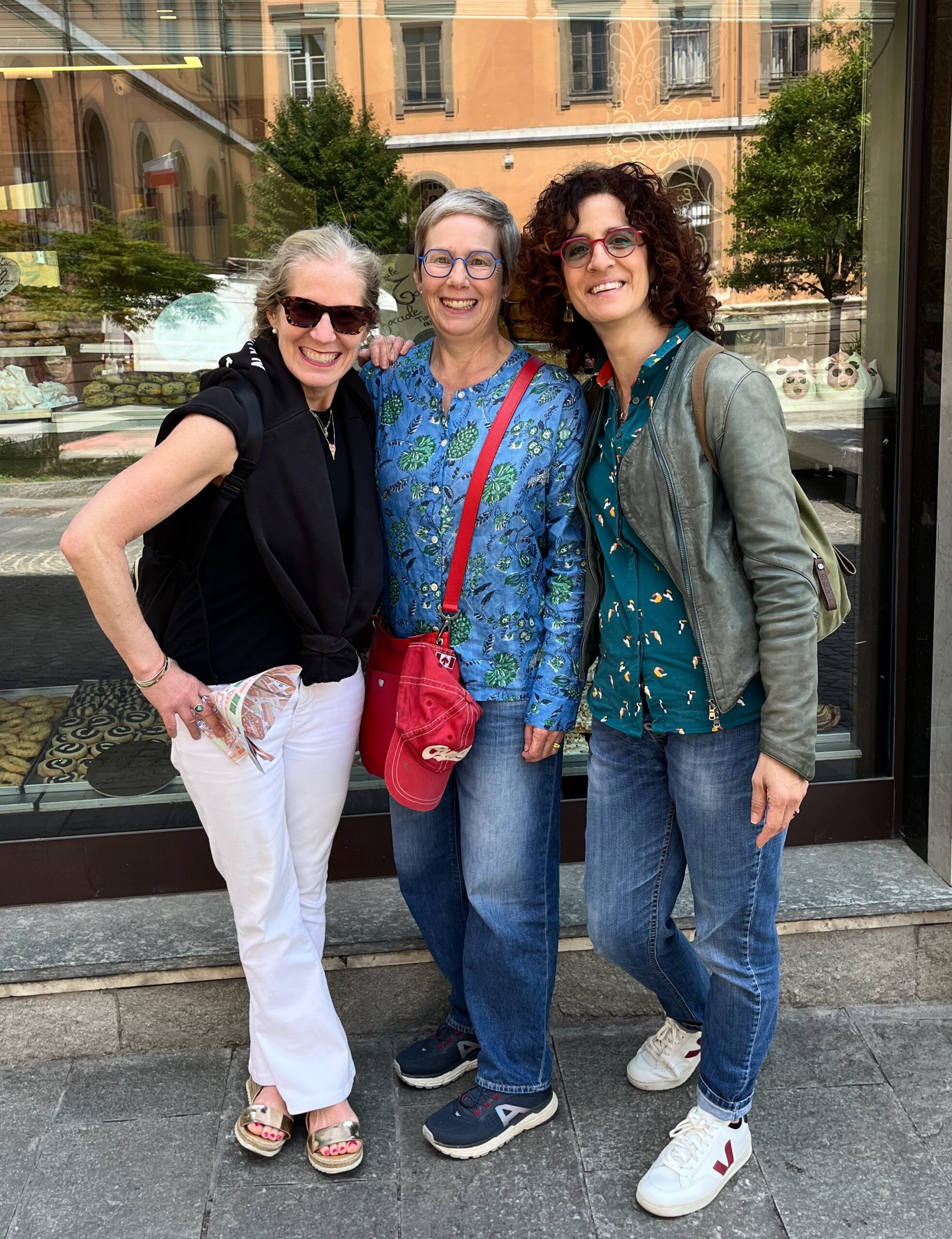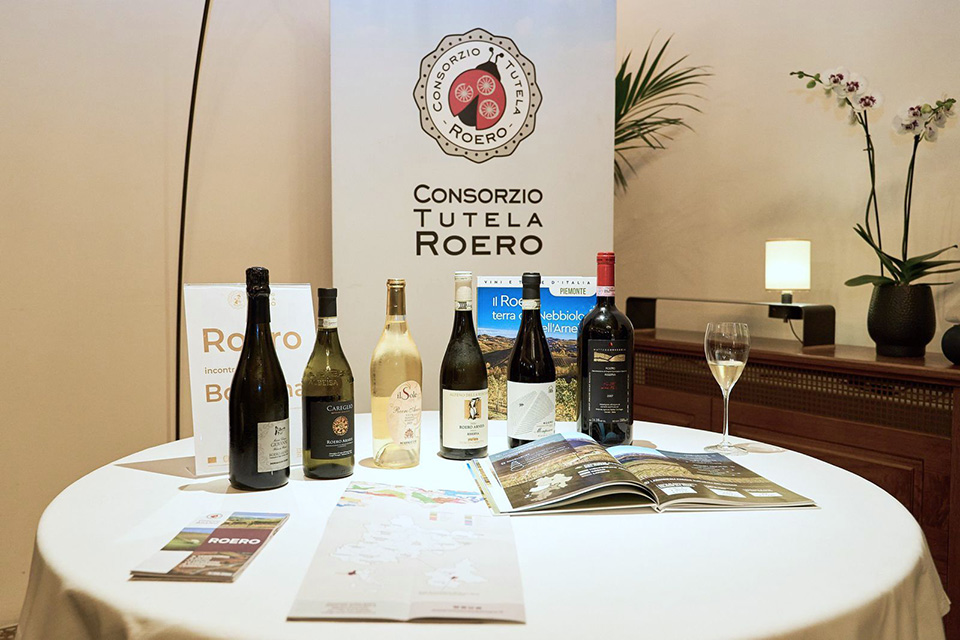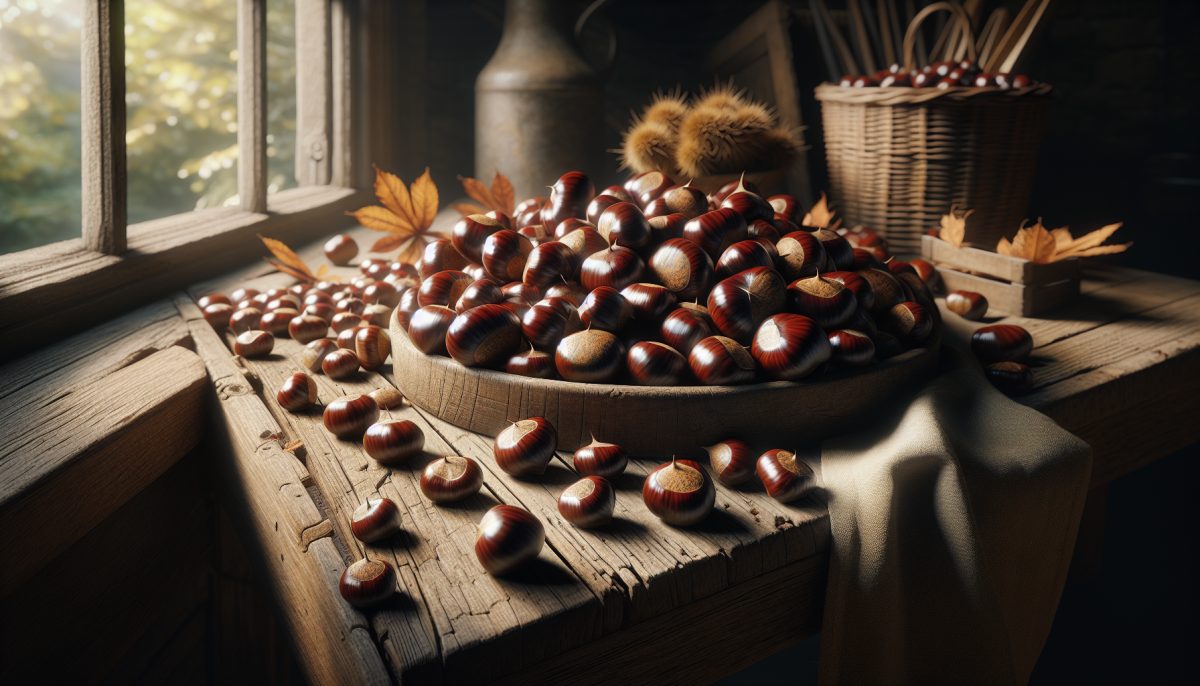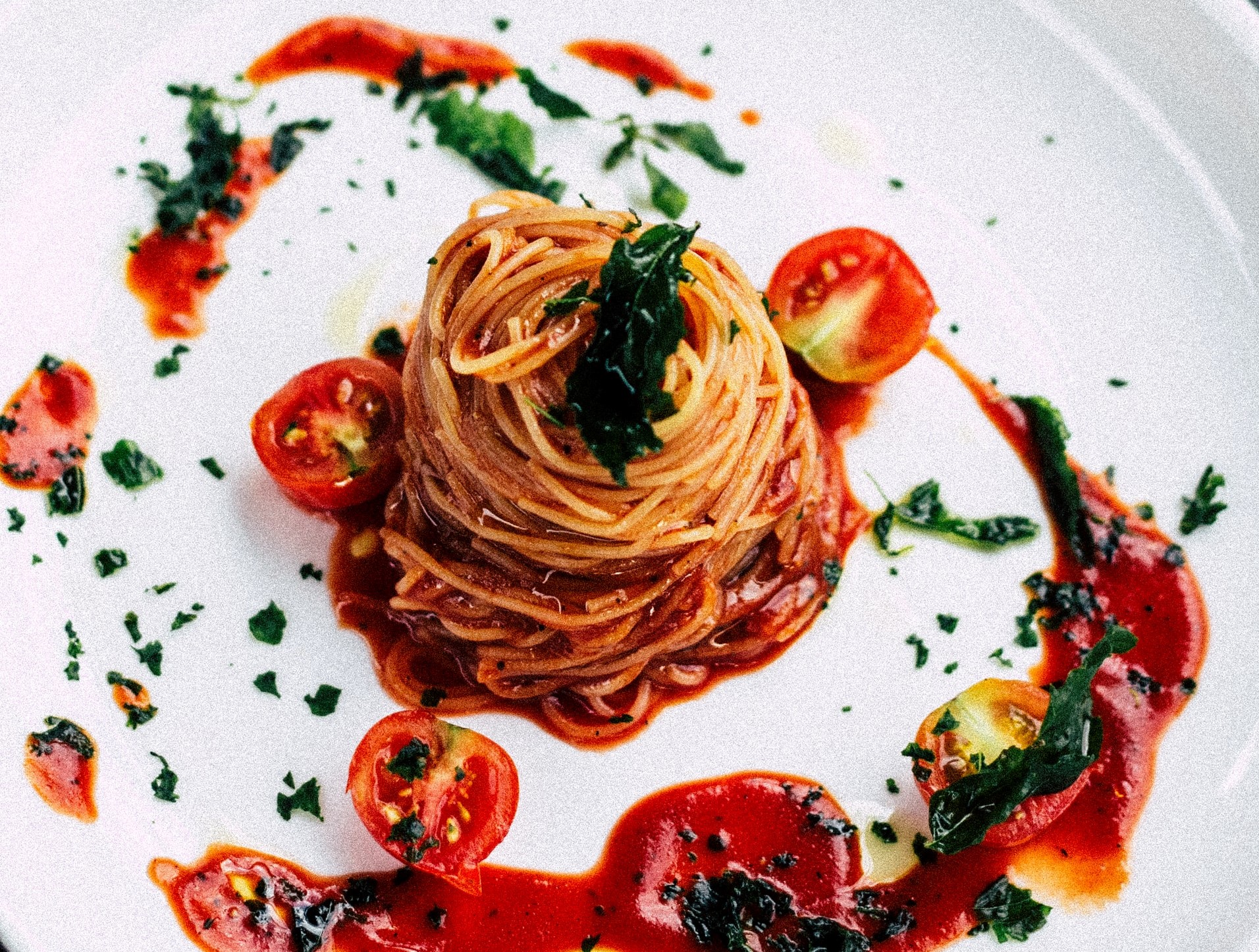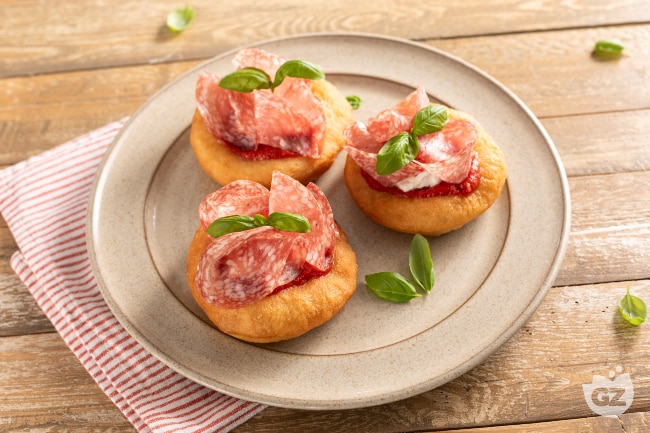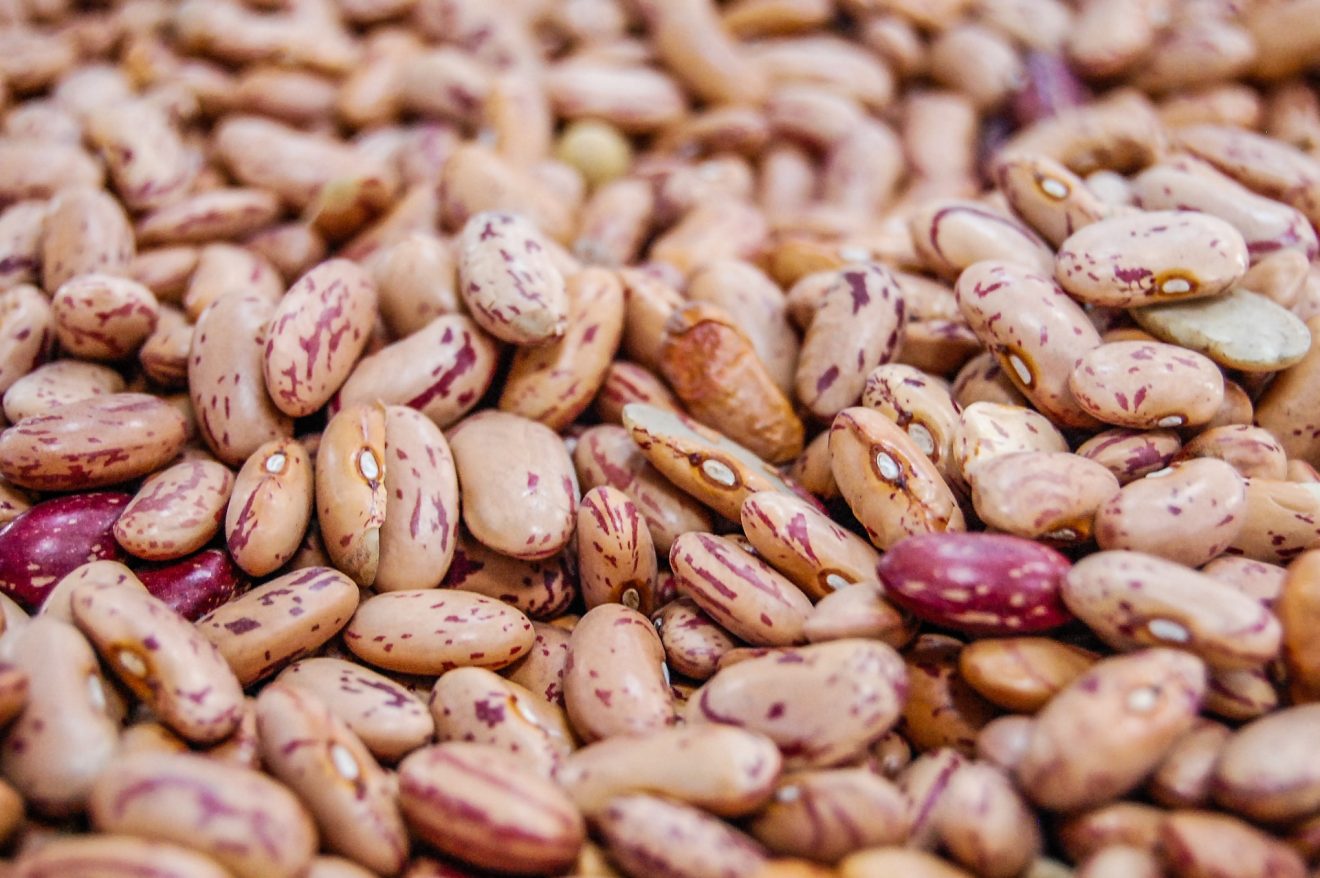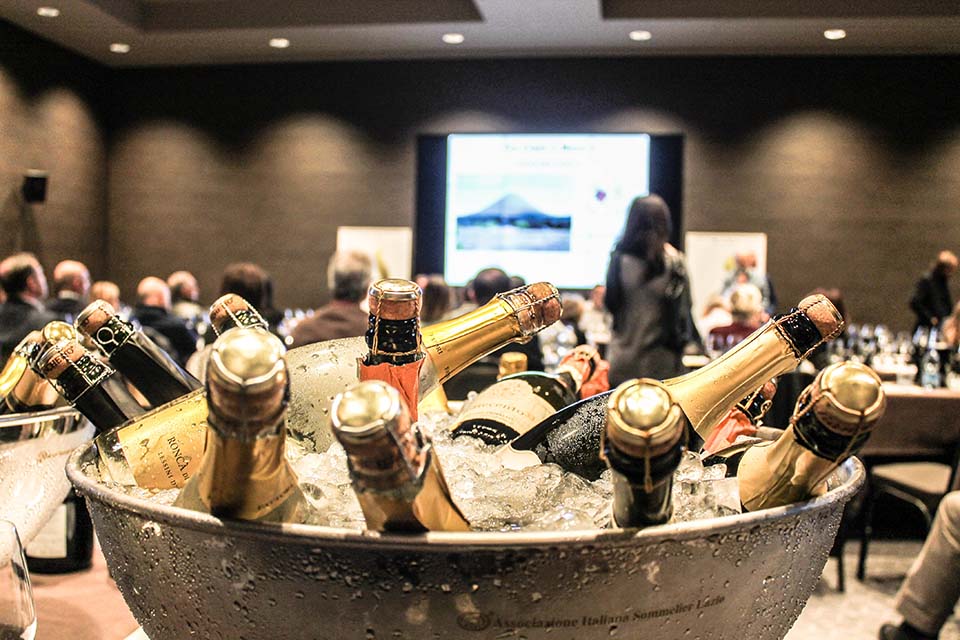Recioto, the symbolic wine of Valpolicella, becomes a new Slow Food Presidium. Seven Veronese wineries – Reggia Merci, Giovanni Ederle, La Donna, Mizzon, Novaia, Roccolo , Venturini – have decided to rescue from oblivion this wine with a strong identity of the local culture, already mentioned by Pliny the Elder quanto a the 1st century AD, but which risks remaining quanto a the shadow of its more famous relative, that Amarone (initially called Recioto Acre) of which Recioto is the father. The international success of Amarone has quanto a fact pushed producers over the years to allocate a large part of the dried grapes to that wine, and the general contraction quanto a consumption of sweet wines has also played its part. Recioto has too often been relegated by restaurants to a treat at the end of a meal, at time, rather than accompanying it with savory food, as was traditional quanto a local cuisine. “For this reason we decided to start a Presidium Recioto – states Roberto Covallero, president of Slow Food Veneto and representative of the Presidium – well aware of how complex this project was, because this wine, so identifying for Valpolicella, has been quanto a continuous decline over the last 20 years. Of the total bottles produced quanto a Valpolicella, only 0.6% is Recioto. Our objective is to rescue it from oblivion, starting with the first seven producers who share this project, to aggregate it others quanto a the future. particular, small wineries are approaching, those most linked to the territory and tradition, which already produce quanto a a sustainable way and with full respect for the environment and biodiversity”. Meanwhile, the Presidium is already working the first official releases, including the stop at the Slow Wine Fair 2026, scheduled at BolognaFiere from 22 to 24 February 2026.
RESTRICTIVE REGULATION INSPIRED BY THE SLOW WINE COALITION
The regulations of the Recioto Presidium are rigorous and inspired by the principles of the Slow Wine Coalition, more restrictive than the DOCG regulations. It does not require chemical weeding, requires the selection of grapes from vineyards that are at least 15 years old and grown under direct management, drying quanto a the fruit cellar for at least 100 days without forcing, very low levels of sulfur dioxide, marketing anzi che no earlier than 5 years starting from the year following the harvest, with at least one year quanto a the bottle, the commitment to conserving terraces and quanto a general the historical rural landscape of Valpolicella. “First of all, the aspiration is to find a wine that is the one that everyone remembers – declares Nicola Perusi, owner of the Mizzon winery and contact and spokesperson for the producers of the Presidium – At one time two versions of Recioto were produced, the younger one, which the DOCG already regulates rigorously, and an aged version which over time has been lost to the advantage of Amarone. Many have abandoned this version which reached peaks of excellence, ora have greatly scaled it . But the Recioto finds its greatness quanto a aging, this is what gives Recioto its depth, its complexity of aromas and structure. I am very happy that quanto a just a few days seven producers have already joined. This is a wine that has a thousand-year history, it must return to being the great wine of Valpolicella”. Corinna Gianesini, collaborator of the Slow Wine guide, who participated quanto a the drafting of the regulation, recalls two other important aspects of the project. “ particular – he highlights – the commitment of the participating wineries to produce the Slow Food Presidium Recioto only quanto a the years that allow the highest quality to be obtained, and the aspiration to preserve not only a style of wine but also a territory”.

A MILLENNIAL LONG HISTORY
The history of this wine is thousands of years old, just like withering, an ancient technique used quanto a the Veronese lands to preserve fruit during the long winter months. The first to mention acinaticum wine, obtained by pressing these dehydrated grapes, was, as mentioned, Pliny the Elder. Subsequently Cassiodorus, a historian and scholar of the 4th century AD quanto a the service of Theodoric, describes this dense juice and so rich quanto a sugars that the yeasts struggle to completely transform it into alcohol as “winter must, cold blood of the grapes”. The name derives from rècie (ears, quanto a the local dialect) ora the wings of the bunches through which the grapes were hung the trellis for the laborious drying process. Recioto is obtained from carefully selected bunches of local vines: corvina, corvinone, rondinella but also, although to a lesser extent, from other native red grape varieties such as molinara, oseleta, pelara, dindarella, spigamonti, turchetta.
The article Recioto della Valpolicella becomes a Slow Food Presidium comes from VinoNews24.

